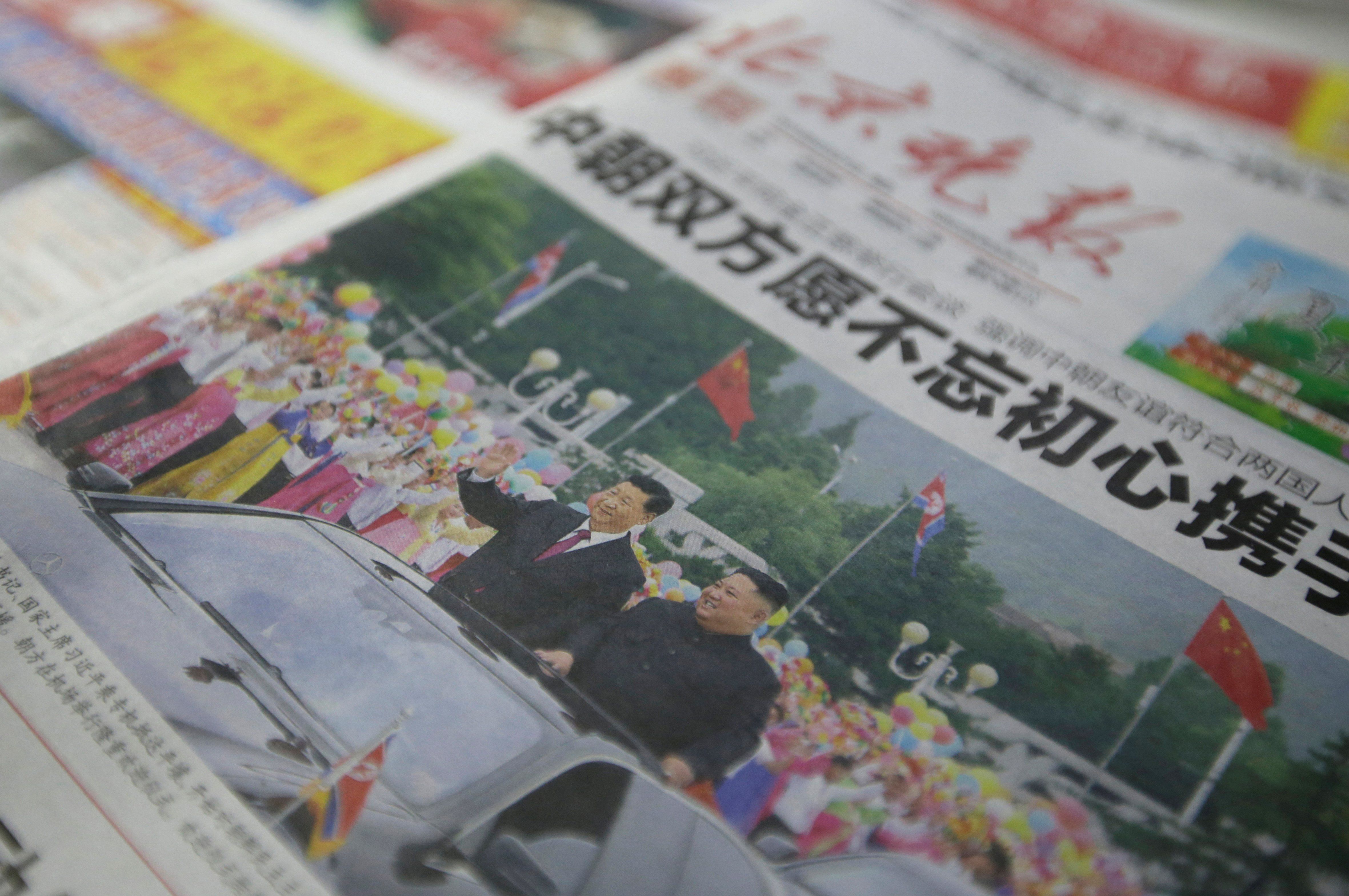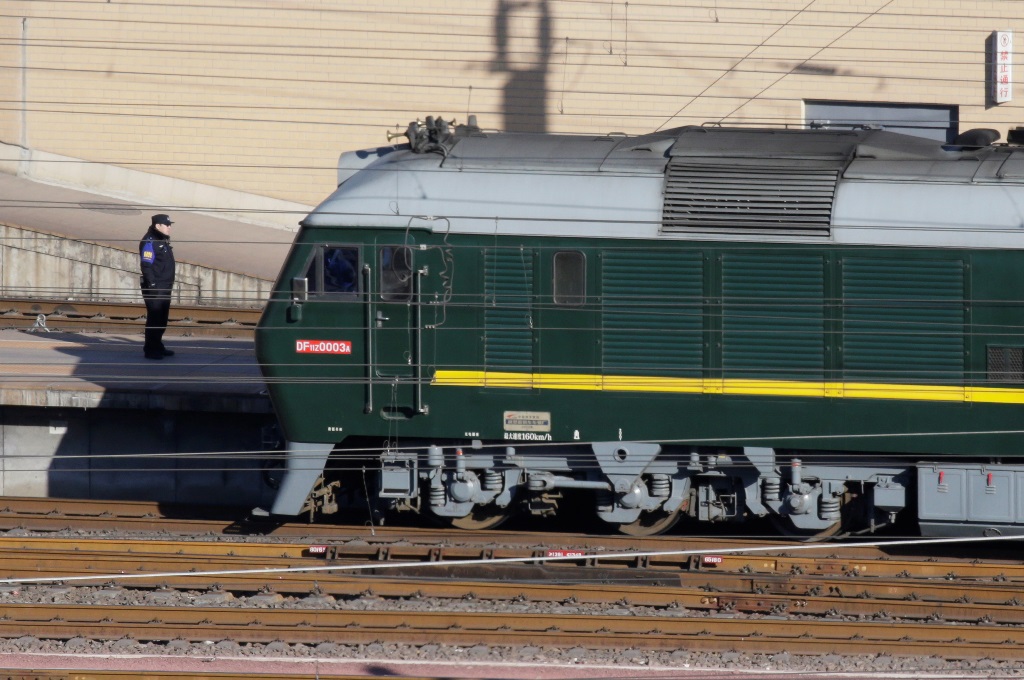Xi Jinping’s Visit to North Korea

Why did they meet?
The official reason was the celebration of the 70th anniversary of the establishment of diplomatic relations between China and North Korea. More important, however, was that the visit took place during the prolonged deadlock in the North Korea-U.S. dialogue after the summit in Hanoi in February collapsed and amidst growing trade disputes between China and the U.S. What’s more, the Kim-Xi meeting took place a week before the G20 summit in Osaka, Japan, planned for 29-30 June, where the Chinese leader will meet with U.S. President Donald Trump. In addition, just after the summit in Japan, Trump will travel to South Korea where he will meet President Moon Jae-in.
What does the visit mean for China?
Xi wanted to confirm China’s key role in solving problems on the Korean Peninsula. He stressed the Chinese readiness to play the constructive role of intermediary between the North and other countries. In this way, he signalled to the U.S. that progress in talks with North Korea will not be possible without China-U.S. cooperation. This, in turn, may be difficult if the U.S. maintains its confrontational stance towards China, especially in regard to trade. Xi also assured that China will do what it can to help North Korea address its economic and security problems. This can be understood as an incentive for North Korea to maintain a conciliatory attitude in foreign policy in the talks with the U.S. and in domestic policy to continue economic reforms, preferably based on the Chinese experience.
What does the visit mean for North Korea?
The visit served to strengthen the North’s negotiating position given the deadlock in the dialogue with the U.S. Kim received support from Xi for the North’s diplomatic efforts for denuclearisation, initiated last year. Xi’s opposition to a policy of “unilateral and unrealistic demands” was also favourable to Kim and could be read as a critique of the U.S. stance in the talks with the North. The summit also served as propaganda to strengthen Kim’s legitimacy in his own country. The meeting was largely devoted to economic cooperation, which for North Korea is synonymous with a guarantee of support from China. This probably means providing food aid and increasing the number of Chinese tourists. China’s less-restrictive enforcement of the sanctions imposed on the North cannot be ruled out.
What impact could this visit have on the U.S.-North Korea negotiations?
Xi’s visit to North Korea likely boosts the U.S.-North Korea negotiations. This will be decided by Xi’s talks with Trump and Moon during the upcoming G20 summit in Osaka. The willingness to break the deadlock may also have been demonstrated by the fact that two days after Xi’s visit, the North informed that Kim had received a letter from Trump with what it called “satisfactory content”. The White House confirmed the letter had been sent and assured that the leaders were in contact with each other. With Trump’s visit to South Korea at the end of this week, it is speculated that he could then meet with Kim in the demilitarised zone in a bilateral meeting or trilateral format with Moon’s participation. However, U.S.-North Korean talks at a lower level are more likely, for example, with the participation of Stephen Biegun, the U.S. Special Representative for North Korea.





